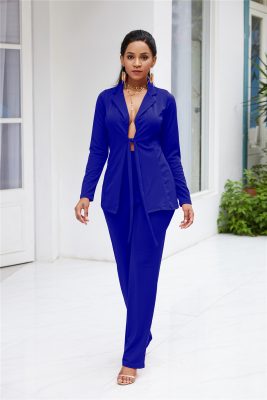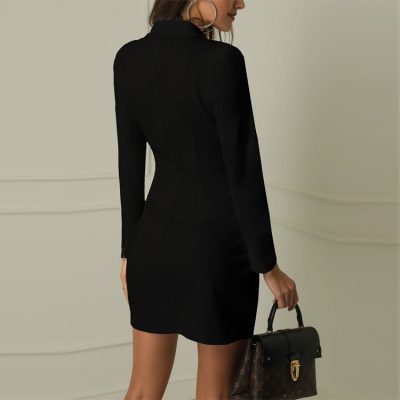The evolution of coveralls is a fascinating journey that spans decades and encompasses shifts in fashion, functionality, and cultural influences. From their humble beginnings as utilitarian workwear to their current status as a stylish and versatile wardrobe staple, coveralls have undergone a remarkable transformation. Here’s a snapshot of their evolution over time:
Early Utility and Functionality (Late 19th to Early 20th Century):
- Coveralls originated as practical garments designed for industrial and manual labor. They were worn by workers to protect their regular clothing from dirt, debris, and hazards in various industries, including factories, construction sites, and automotive workshops.
- These early coveralls were typically made from durable and sturdy fabrics, featuring a one-piece design that provided full-body coverage.
War and Utilitarian Uniforms (World War I and II):
- The practical design of coveralls made them suitable for military use during World War I and II. They were worn by mechanics, pilots, and other personnel who required functional and easy-to-maintain uniforms.
- The association with wartime efforts added a sense of resilience and empowerment to the image of coveralls.
Cultural Icon: Rosie the Riveter Era (1940s):
- The 1940s saw the emergence of “Rosie the Riveter,” an iconic figure representing the women who worked in factories and shipyards during World War II.
- The image of Rosie, often depicted wearing coveralls and flexing her arm, symbolized the strength and contributions of women in the workforce.
Counterculture and Rebellion (1960s and 1970s):
- In the 1960s and 1970s, coveralls gained popularity among counterculture movements, artists, and rebels who embraced them as symbols of anti-establishment sentiments.
- Musicians, such as Elvis Presley and Janis Joplin, were known for their distinctive coverall outfits, contributing to their iconic status.
Fashion and High Style (1980s and Beyond):
- The 1980s marked a shift in coveralls’ image from purely functional to fashionable. Designers and brands began incorporating coveralls into their collections, introducing various styles, fabrics, and embellishments.
- This era saw the emergence of coveralls in denim, corduroy, and other fabrics, adding a sense of diversity and versatility to the garment.
Contemporary Adaptations (Present Day):
- Coveralls have evolved into a staple of contemporary fashion, embraced by individuals of all genders and ages.
- Designers have reimagined coveralls in sleek, tailored versions, blurring the lines between casual and formal wear.
- Modern coveralls come in a wide range of designs, from minimalist to bold prints, catering to diverse style preferences.
Sustainability and Revival (Current Trends):
- In recent years, coveralls have gained attention as part of sustainable fashion movements, aligning with the principles of conscious consumption and versatile wardrobes.
- Vintage coveralls from past decades have also gained popularity among collectors and enthusiasts, contributing to the revival of retro styles.
The evolution of coveralls showcases their ability to transcend their utilitarian origins and adapt to changing fashion sensibilities. From workwear necessity to cultural symbol and fashion statement, coveralls have undergone a dynamic transformation that reflects shifts in society, culture, and personal expression.






















